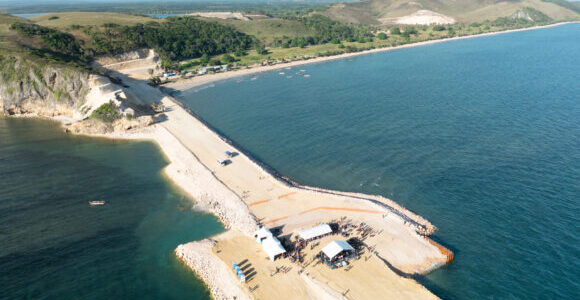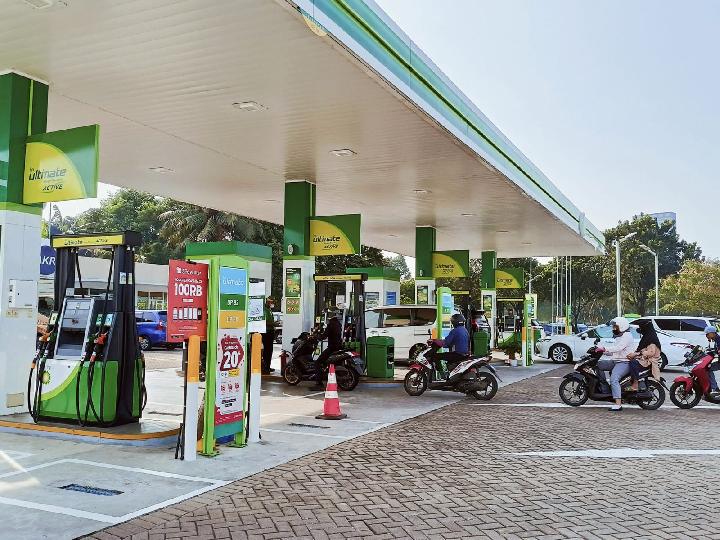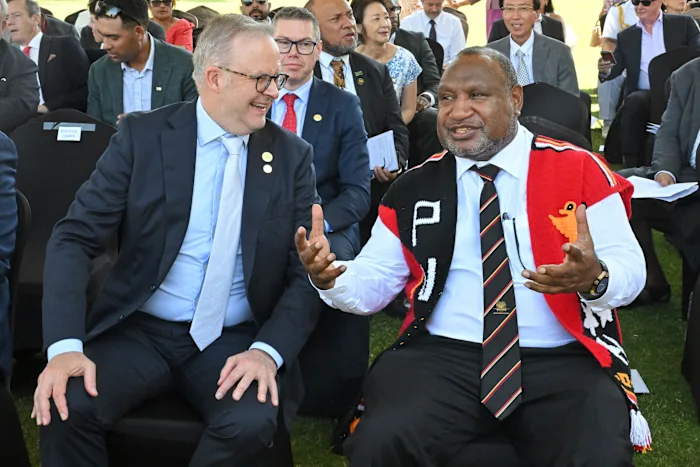By Google Inc,Nadav Shemer Shlezinger
Copyright businessadvantagepng

Pacific Lime & Cement has taken a big step towards providing Papua New Guinea’s construction sector with a domestic alternative to costly imported materials, as its MD Paul Mulder explains to Business Advantage PNG.
Papua New Guinea’s first-ever integrated commercial lime production facility is set to open within 18 months, after the board of Pacific Lime & Cement (PLC) made a final investment decision (FID) on the first phase of its Central Cement & Lime Project in August 2025.
The integrated facility, located 35 kilometres northwest of Port Moresby, will consist of a limestone quarry, roads, bridges, water, power, a private international wharf and two kilns capable of producing a total of 1,200 tonnes per day (tpd) of quicklime.
Our commitment is to supply 100 per cent of the lime and cement needs to the domestic market.
Engineering, procurement and construction of the technical manufacturing element will be performed by an international contractor. However, PLC (formerly Mayur Resources Limited) will do most of the civil elements itself, with the support of local firm Synergy Alliance Limited and a workforce drawn from the local Kido and Lealea landowner groups.
The US$61 million (K255 million) first phase is fully funded, thanks to an A$97 million (K270 million) equity raising in February 2025. In a subsequent announcement in September, Australian-listed PLC announced plans for a secondary listing on PNG’s stock exchange by the end of 2025.
“We’ve had a very good response. We’ve got Australian, Papua New Guinean and international institutions and retail investors that have come for the journey,” PLC Managing Director Paul Mulder tells Business Advantage PNG.
Downstream ambitions
While some limestone will be shipped via PLC’s wharf, the main volumes will be fed into the quicklime facility, marking a first step in PLC’s downstream processing ambitions.
“If you take raw limestone and you manufacture quicklime, you increase the value at least 10-fold – to more than US$100 per tonne,” Mulder says.
The facility is designed to be scalable, with plans to add three additional kilns and expand to a total of 3,600 tpd of quicklime within five years. A fully permitted clinker and cement facility also remains firmly on the agenda.
“We will reduce the price of a bag of Portland-grade cement in Port Moresby, sold via retail outlets by 50 per cent,” Mulder says.
“Our commitment is to supply 100 per cent of lime and cement needs to the domestic market… and export surplus productive volumes.”
SEZ approved
PLC’s downstream plans match up with those of the PNG government, which granted the project a special economic zone (SEZ) licence in 2021. This was reaffirmed in 2025, making it one of only four approved SEZs at time of writing.
The SEZ fiscal benefits will apply exclusively to downstream processing, with raw limestone production and sales being subject to ordinary taxation.
Looking forward, Mulder says PLC intends to continue down the value chain into concrete, casting and bricks.
“If you’re going to make lime and cement, then you go to concrete,” he says. “[Then you] use the concrete for paved roads and feed casting plants that produces pipes, culverts, bridge beams, gutters, anything that can utilise formed concrete to produce infrastructure.
“That’s why we’re calling this the ‘rock-to-the-road initiative’: where infrastructure and buildings materials used have come from the rock in the ground to the roads that get laid – it will all come from PNG.”
This article is from Business Advantage PNG’s Mining and Energy 2025/26 publication, which launches in October 2025.



